Introduction of Burundian Bourbon Coffee from Panjia processing Plant in Cayanza Province, Burundi
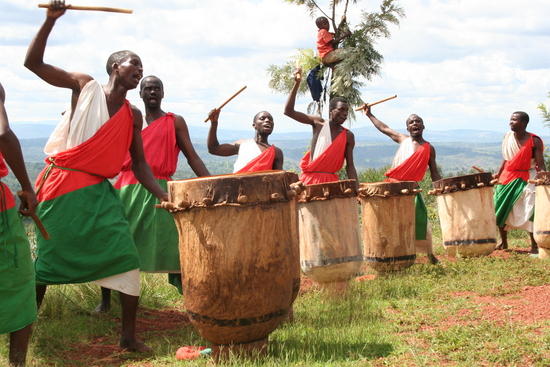
For professional baristas, please follow the coffee workshop (Wechat official account cafe_style)
About Burundian coffee
Burundi is a small landlocked country in central Africa, located in the Great Rift Valley, bordering Tanzania, Congo and Rwanda. It is slightly smaller than Taiwan and has a large population, making it the second most densely populated area in Africa. The territory has great ups and downs, and in the southwest there is the famous Lake Tanganyika, which is the sixth largest and second deepest lake in the world and the second oldest lake in the world. Its ecological richness and diversity is amazing. The steep ridge rising from the east bank of Lake Tanganyika is the watershed between the two major rivers in Africa, the Nile River system and the Congo River system, known as the "Heart of Africa".
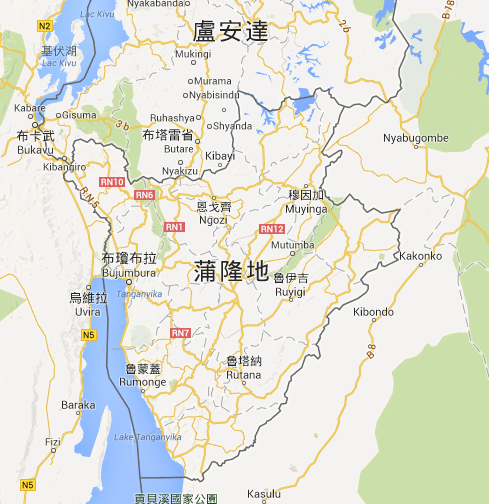
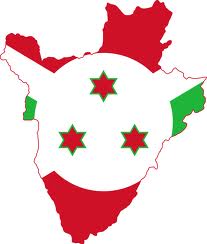
Coffee has not been grown in Burundi for a long time. Coffee trees were introduced by Belgian colonists in the 1930s and produced the most bourbon species. Coffee is the most important cash crop in Burundi. Burundians themselves do not have the tradition of drinking coffee and do not consume much, and almost all the coffee produced is exported; because the exporting countries have high requirements for coffee beans, they attach great importance to the quality of coffee beans, most of which have been properly graded, excellent quality, good taste and acidity.
The whole country of Burundi is mostly on the plateau above 1500m above sea level, and the border mountains adjacent to Rwanda are towering, with the highest peak reaching 2760m. Because of the ups and downs of the terrain, coffee beans are grown mainly in the form of small farmers, which is very similar to neighboring Rwanda, which also produces coffee. However, because of the continuous ethnic civil war in Burundi, which leads to economic poverty, it also has a great impact on the output and stability of coffee export.
In the 16th century, Burundi was ruled by a feudal dynasty, and after the 19th century it was invaded by Britain, Germany and Belgium. After a long period of trouble, it became independent in 1962. However, in the years that followed, it has been affected by military dictatorship, genocide, corruption and other effects, resulting in great damage to national strength. The civil war did not end until 2006.
Burundi and Rwanda joined the East African Community (EAC) originally formed by Tanzania, Kenya and Uganda in June 2007. the five countries enjoy preferential customs union with each other and plan to merge into a unified federal state in 2015, with a common constitution, president, parliament and currency. It is expected that such a change will bring peace and stability to Burundi, which has been troubled for a century, when Burundi will have a more amazing performance in the performance of coffee beans.
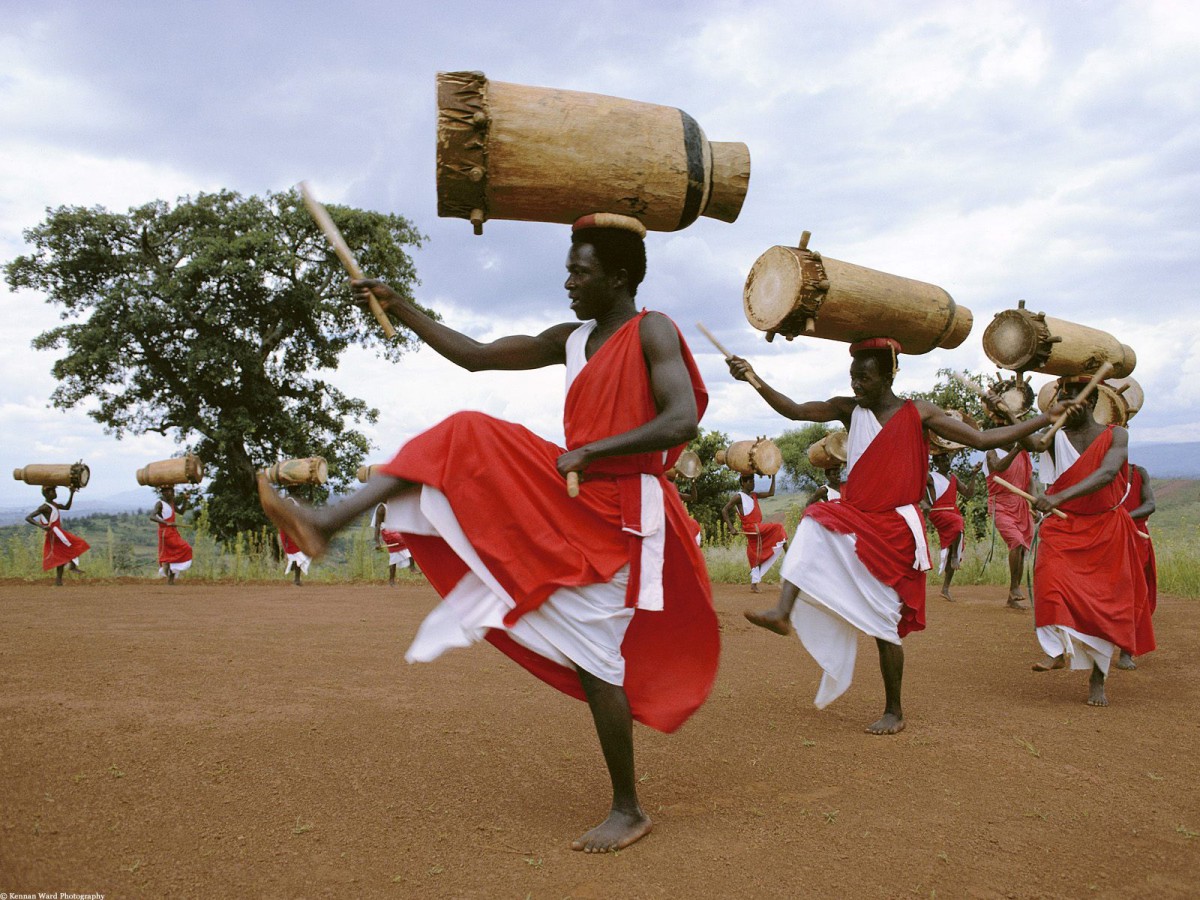
(the picture shows the encouragement of Burundian tradition)
"TAMBOURTNAlRES" is a traditional dance in Burundi. In the history of Burundi, the drum was the symbol of the dynasty, and the drum was a kind of palace dance, which was performed at any major festival or welcome. Africans are already fond of playing drums, but the way Burundians play drums is unique compared with the rough, wild and tough style of some African countries. The performers are men, young and old, dressed in red-and-white or green-and-white national costumes of the same color as the Burundian flag, with a traditional drum on their head, beating drums and kicking their legs with an excellent sense of balance. Drummers perform in turn with different movements and brisk gestures, accompanied by shouting or singing. The rumble of the drum fully shows the happy, resolute and bold national character of the Burundian people.
Introduction of Paunjia processing Plant
The Panjia processing plant, a water washing station famous for producing complex and clean coffee in the boutique coffee industry, has a high score in the Cup of Excellence Cup, winning first and third place in the 2014 competition. The water washing station was founded in 2008 under the Jean-Clement Birabereye program, and he manages the treatment plant and represents farmers at SEGEC (Societe General planning 39 domestic du cafe). Jean-Clement has a strong past. He has worked in a raw bean processing plant for more than 15 years.
In SEGEC, Birabereye offers additional prizes to producers who win the competition, prompting farmers to farm carefully and establish good agricultural practices.
There is currently no organic certification in Burundi because of the cost, but their planting process and farm maintenance are inherently organic. The Parma processing plant is very proud to be able to pay more than the market price to improve the quality of each harvest.
Description of coffee flavor of bourbon species [sun treatment] in Painjia treatment Plant, Cabuye District, Kayanza Province, Burundi
Product name: Burundi Kayanza Kabuye SEGEC Mpanga Bourbon Natural
Production area: Kabuye, Kayanza
Processing plant: SEGEC, Mpanga
Product type: Bourbon
Management: in the sun
Flavor description: berries, strawberry sandwich biscuits, mint aroma, white flower wet fragrance, yellow lemon and strawberry, grape acid, honey, wine fermentation throat rhyme.
Important Notice :
前街咖啡 FrontStreet Coffee has moved to new addredd:
FrontStreet Coffee Address: 315,Donghua East Road,GuangZhou
Tel:020 38364473
- Prev
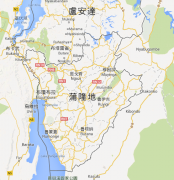
Coffee producing area of Cayansa Province, Burundi introduces the history and current situation of coffee cultivation in Burundi.
For professional baristas, please follow the coffee workshop (official Wechat account cafe_style) about Burundian Coffee Burundi is a small landlocked country in central Africa on the Great Rift Valley, bordering Tanzania, Congo and Rwanda. It is slightly smaller than Taiwan and has a large population, making it the second most densely populated area in Africa. There are great ups and downs in the territory, and there is a famous tan in the southwest.
- Next

Introduction to the flavor and taste of AA coffee from the exotic treatment factory of Rungeto cooperative, a small farmer of sunburn Kenyan coffee.
For the exchange of professional baristas, please follow the coffee workshop (Wechat official account qianjiecoffee) Kirinyaga Kenya Rungeto cooperative exotic processing factory AA country: Kenya production area: Kirinyaga altitude: 1900 m varieties: SL28 SL34 producer: Rungento Farmers Cooperative Society small farmers member small farmers (about 1214) area: each
Related
- Detailed explanation of Jadeite planting Land in Panamanian Jadeite Manor introduction to the grading system of Jadeite competitive bidding, Red bid, Green bid and Rose Summer
- Story of Coffee planting in Brenka region of Costa Rica Stonehenge Manor anaerobic heavy honey treatment of flavor mouth
- What's on the barrel of Blue Mountain Coffee beans?
- Can American coffee also pull flowers? How to use hot American style to pull out a good-looking pattern?
- Can you make a cold extract with coffee beans? What is the right proportion for cold-extracted coffee formula?
- Indonesian PWN Gold Mandrine Coffee Origin Features Flavor How to Chong? Mandolin coffee is American.
- A brief introduction to the flavor characteristics of Brazilian yellow bourbon coffee beans
- What is the effect of different water quality on the flavor of cold-extracted coffee? What kind of water is best for brewing coffee?
- Why do you think of Rose Summer whenever you mention Panamanian coffee?
- Introduction to the characteristics of authentic blue mountain coffee bean producing areas? What is the CIB Coffee Authority in Jamaica?

